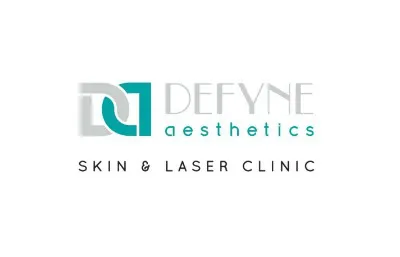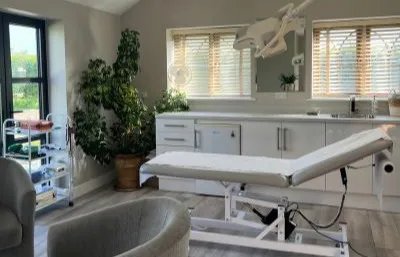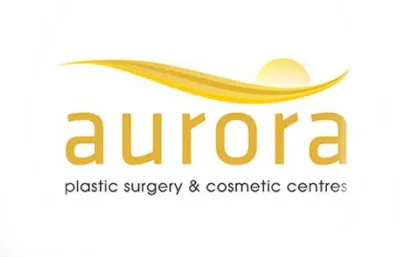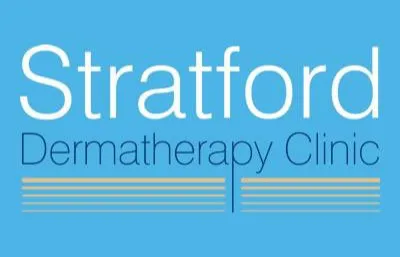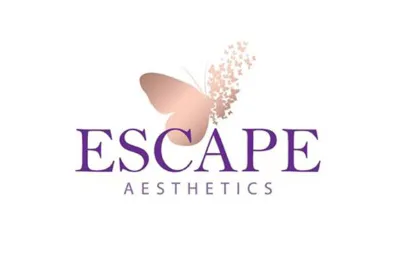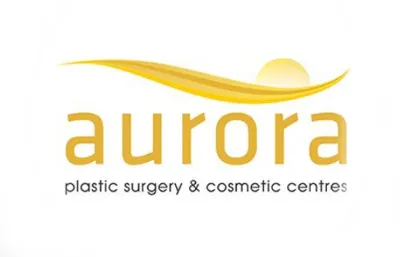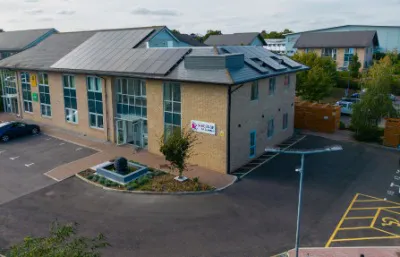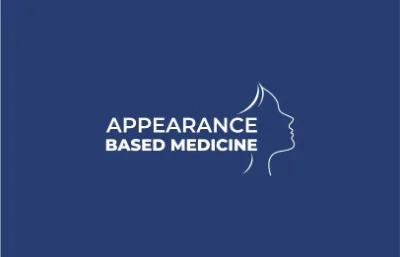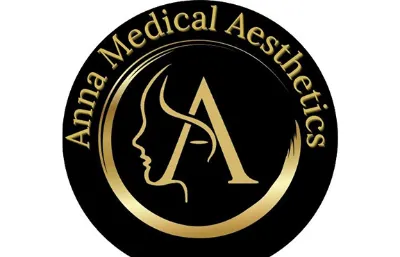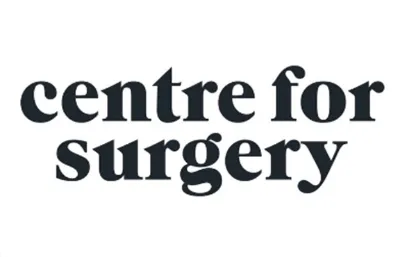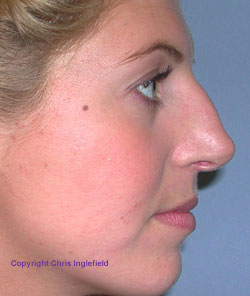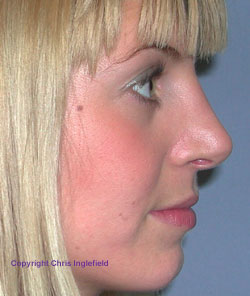In your first appointment with a surgeon, you should clearly explain your expectations of the surgery and how you would like to look afterwards.
Careful discussions regarding your reasons for wanting nose surgery are very important at this stage. Make sure that you obtain as much information as is necessary to enable you to make a fully informed decision about whether to go ahead with rhinoplasty surgery.
The surgeon should also ask for your medical history, to make sure that there are no reasons why you shouldn’t have a rhinoplasty. At this point, you would also normally be asked to read detailed information and sign a consent form, which means that you have understood the future benefits and possible risks associated with the procedure.
Photographs of your nose may also be taken by the practitioner for a “before and after” comparison later.
The surgeon may wish to write to your G.P. giving details of the operation so that if there are any problems associated with it in the short or long-term, the G.P. is aware of the surgery and can help you if you require any further treatment after the operation.
Anaesthesia
The operation can be performed under a local anaesthetic; some patients are given sedation via an intravenous drip, or a full general anaesthetic may be used.
As in any surgical procedure, the use of a general anaesthetic carries a small additional risk which your practitioner will discuss with you. No form of anaesthetic will be given to you without your surgeon discussing it with you first.
The operation
The surgery can be performed in an outpatient surgical centre, which may either be separately run by your surgeon, or may be part of a hospital.
The operation can take between 1 - 2 hours, but depending on the extent of the procedure, it can take longer. If you are having more than one procedure, you may be required to stay overnight.
The surgeon often cuts the skin inside the rim of the nostrils to avoid any visible scars. However, for more complicated operations an "open" technique may be used where a small cut is made across the base of the nose on the strip of tissue that separates the nostrils.
This "open" procedure may result in a small scar on the underside of the nose, but it can make it easier for the surgeon to operate in more difficult cases and it will be quite difficult to see the scar afterwards.
During surgery, the soft tissue of the nose is separated from the bone and cartilage underneath the skin. Then the bone may be broken and repositioned and the cartilage reshaped to achieve the look you require.
A splint is applied and the nostrils are packed lightly with medicated gauze. If the nose is not being reduced in size, then the nose is only taped while it is healing and stitches are not required. If stitches are used to close internal wounds, they will dissolve automatically and will not require removal by a doctor. If a cut is made across the skin separating the nostrils, then the stitches may need to be removed.
Repeat procedures
In about one case out of ten, a second minor procedure may be required, for example, to correct a slight deformity when the nose still looks slightly misshapen in some way. These relatively rare problems are unpredictable and can happen even to patients in the hands of the most skilled surgeons.


